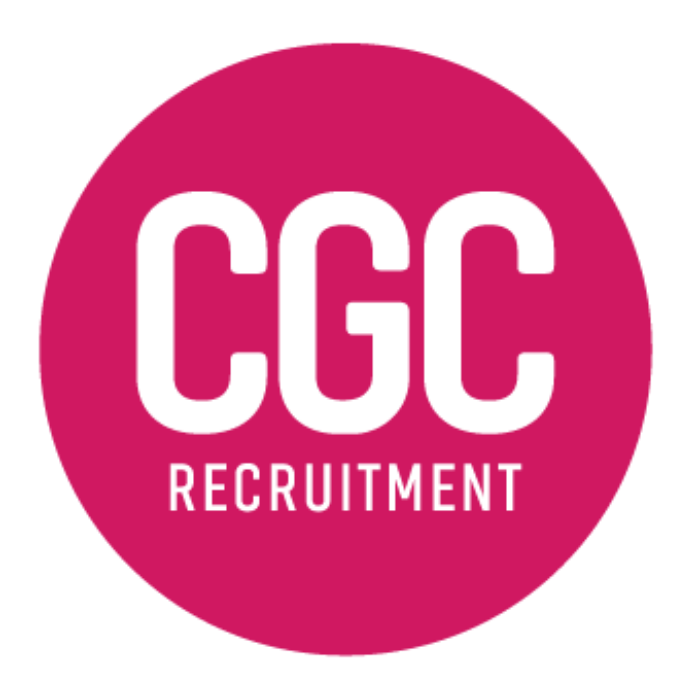The post-COVID world is creating a strong demand for architects and interior designers to deliver improved building ventilation and flexible work spaces. They play a crucial role in getting people safely back to the workplace, which reflects the current investment in social infrastructure.
However, over the past few years this sector has received a growing amount of attention due to long standing labour issues. This includes unwelcoming work environments. That’s why it’s more crucial than ever for an emphasis on the ‘life’ side of work-life balance for architects and interior designers, as well as a positive workplace culture.
Employees now expect a level of harmony between their professional lives and their personal lives, triggering the‘Great Reshuffle’. Candidates are thinking differently about their career goals and reconsidering where they work - and why.
Below are some valuable insights as to why workplace culture is becoming increasingly important for job seekers - and how this helps them achieve satisfaction in their roles.
.jpg?width=5472&name=pexels-karolina-grabowska-4491459%20(1).jpg)
Taking advantage of the candidate-led market
In addition to supply chain issues and pandemic-related disruptions, labour shortages in the architecture sector are on the rise. And with the government investing in large-scale infrastructure projects, employers are struggling to fill positions in a candidate-led market. Because of this, candidates are possessing more bargaining power to negotiate their salary and benefits, while also being able to choose between multiple offers for their ideal role.
And what is their ideal role?
Our Senior Consultant for Architecture and Interior Design, Christina Ryan,shares her insights on talent trends in the design sector.
“Over the past five years, there has been an increase of candidates looking to upskill and develop their career into more of a 360 role that includes running projects from start to finish, as well as a demand to get registered. One of the main driving factors for this is salary.”
But she warns candidates that although they’re in a strong position as a job-seeker, it’s important to be strategic about how they approach salary negotiations.
“If candidates ask for more money, they need to be aware that the company will expect more from them. In a sector that’s notorious for long hours and potentially high stress, job-seekers need to understand that although salary is naturally an essential consideration, they also need to consider other non-monetary benefits of the role for overall job satisfaction.”
The importance of a collaborative culture in the workplace post-COVID
We’ve witnessed our candidates consistently seeking hybrid working environments and flexible work conditions. The impact of COVID has caused job seekers to:
Rethink their priorities - Many have realised they should focus more on their families, personal wellbeing, and personal fulfillment.
Place a priority on workplace culture - Job-seekers recognise that for employers to be attractive, they must have a positive and clearly defined culture.
Increasingly, job-seekers are looking for employers who promote a collaborative culture in the workplace. They don’t just want to feel valued. They also feel rewarded when asked to engage in finding creative solutions through working collectively to achieve a common goal.
This type of culture allows:
their distinct skill sets to be maximised
a feeling of trust, and
strength building
These benefits serve to improve candidate satisfaction and engagement.
Tips on how to make smart choices when job hunting
Firstly, as a job-seeker it’s imperative for you to have clarity on what your driving factors are when pursuing a new role. Is it the project type? Career advancement?
Due to skilled labour shortages, employers are now making recruitment decisions faster, so be prepared for multiple offers in a short time span. And while it’s great to have choices, you also need to look at the role holistically, ensuring the role meets all your needs (not just based solely on salary).
You can also stand out from the crowd by including the following on your CV:
Detailed information about the projects you’ve worked on
If you're a graduate, include creative extra curricular activities that you enjoy
Technical information, such as documentation packages, or snippets of DA packages or CC documentation that you've completed
A well presented portfolio which displays the recent and varied projects you’ve worked on is also well regarded with employers.
Connect with us
The market for both architecture and interior design remains very strong in Australia, with many exciting opportunities for talented candidates.
With over 7 years’ recruitment experience, Christina prides herself on providing outstanding support for her candidates, including assisting job seekers with their CV and design portfolios. As part of her candidate care, she also provides in depth interview preparation and takes the time to research prospective employers.
If you’re an experienced professional looking for new opportunities, contact Christina below to secure your next role:
Christina Ryan - Senior Consultant for Architecture and Interior Design
You can also search our latest vacancieshere, or alternatively,upload your CVand we’ll contact you when we have a suitable vacancy available.
We look forward to hearing from you!










